La Liga Financial Power Rankings 2024/25 – Full Club-by-Club Analysis
The economic backbone of modern football is often as decisive as what happens on the pitch, and nowhere is this more evident than in Spain’s La Liga. For years, Spanish clubs have wrestled with balancing ambition and financial sustainability, with giants like Real Madrid and Barcelona grabbing headlines, while smaller clubs fight to remain competitive under strict financial controls. The 2024/25 data reveals fascinating insights: who is thriving, who is merely surviving, and who is walking a dangerous tightrope.
Below, we break down the financial performance of every La Liga club in detail. Each section explores income, expenses, balances, squad structure, and long-term implications, offering a complete portrait of the league’s economic ecosystem.
Atlético Madrid

Atlético Madrid headline the financial performance table with striking figures. Their income is an impressive €93.9 million, but their expenses stand at a towering €185 million, leaving them with a brutal negative balance of –€91.1 million. This imbalance highlights a club that is investing heavily to maintain competitiveness at the top of La Liga and in the Champions League, but at the same time, it reveals risks that cannot be ignored. Unlike some of their rivals, Atlético have no positive adjusted balance to soften the blow: their adjusted balance mirrors the deficit at –€91.1 million.
Their squad composition helps explain this aggressive spending. Atlético currently have 23 players, of which 16 are foreign, with an average age of 29.2 – one of the highest in the league. This suggests reliance on experienced, established players, which is expensive to maintain. Older squads have less resale value, meaning the club cannot easily recoup costs through transfers. Instead, the financial model banks heavily on immediate results to justify the outlay.
Read also: Serie A’s Highest Earners – The Top 13 Contracts in Italy
This “win now” approach has parallels with Simeone’s tactical philosophy – intense, demanding, and aimed at short-term victory. But economically, it is dangerous. Failure to qualify for the Champions League or a dip in performance could send shockwaves through their already fragile balance sheet. For now, their large income streams, driven by commercial activity and European football, allow them to sustain this deficit, but the long-term sustainability remains questionable.
In many ways, Atlético are the embodiment of high-risk, high-reward football business: ambitious enough to compete with Real and Barça, but skating close to financial instability.
Villarreal
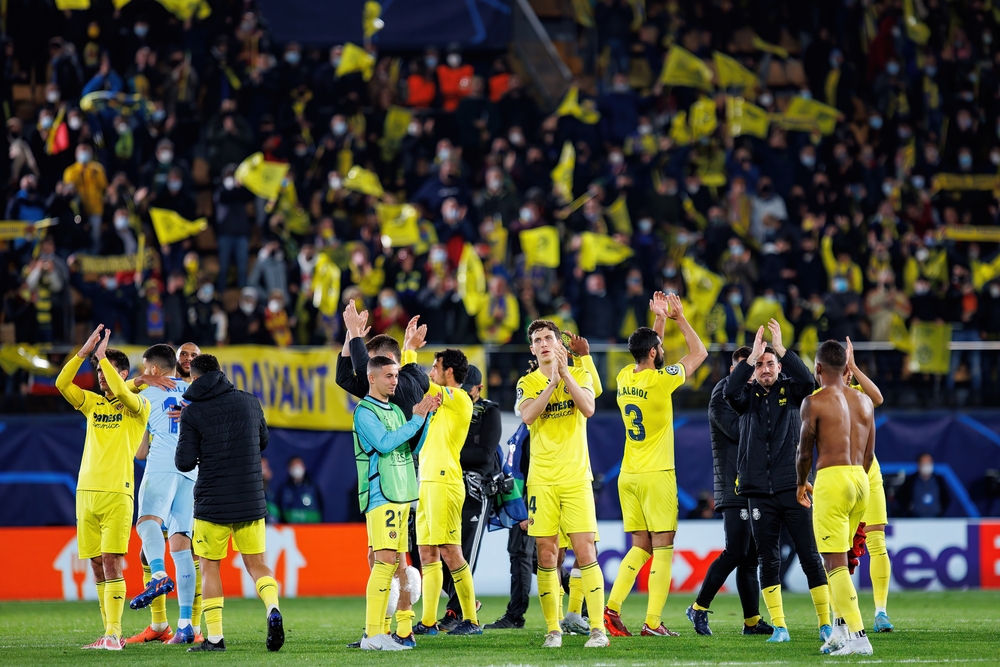
Villarreal, by contrast, are the picture of prudence. Their income stands at €74.5 million, while expenses are €63 million, giving them a healthy surplus of €11.5 million. This positive balance demonstrates a commitment to responsible financial management, ensuring their spending aligns closely with income.
With 24 total players, 11 foreigners, and an average age of 27.3, Villarreal strike a balance between experience and youth. Their adjusted balance remains positive at €11.5 million, confirming that their financial health is not artificially inflated but based on consistent planning.
Read also: Ranking Tottenham’s Biggest Transfer Deals Since 2018
For a club outside Spain’s “big three,” this approach is vital. Villarreal cannot match Real Madrid or Barcelona financially, so instead, they invest strategically in players with strong resale potential, while relying on their academy and scouting network to unearth gems. The Yellow Submarine’s careful handling of resources ensures they remain competitive domestically and in Europe without gambling their long-term stability.
The club is a role model of efficiency – a mid-market side punching above its weight by maximising every euro. Their surplus allows flexibility: they can invest in infrastructure, bolster their squad when necessary, or weather downturns without facing crisis. Villarreal may never dominate financially, but their steady hand makes them one of La Liga’s most stable clubs.
Real Sociedad

Real Sociedad’s numbers are another bright point in La Liga’s economic landscape. Their income is €69.85 million, expenses €45.5 million, producing a surplus of €24.35 million. This balance marks them as one of the league’s strongest performers financially. The adjusted balance mirrors this at €24.35 million, reinforcing their sound management.
Sociedad’s squad structure is telling: 25 players, only 8 foreigners, and an average age of 25.5 years. This reflects the club’s traditional reliance on homegrown Basque talent and a focus on youth development through their highly regarded academy. By keeping costs low and cultivating players internally, Sociedad achieve sustainability without sacrificing competitiveness.
Read also: The 20 Greatest Left-Backs in Football History — Ranked and Remembered
This model allows Sociedad to consistently qualify for European competitions while avoiding the traps of overspending. They are proof that a club can thrive by sticking to identity-driven football rather than chasing superstar names. Their young, mostly Spanish squad means lower wages, higher resale value, and a strong cultural core.
The positive financial margin provides both security and opportunity. Sociedad can reinvest in their academy, stadium, or targeted transfers, while remaining confident in their stability. In an era of volatile football economics, they are a benchmark for sustainable success.
Real Betis
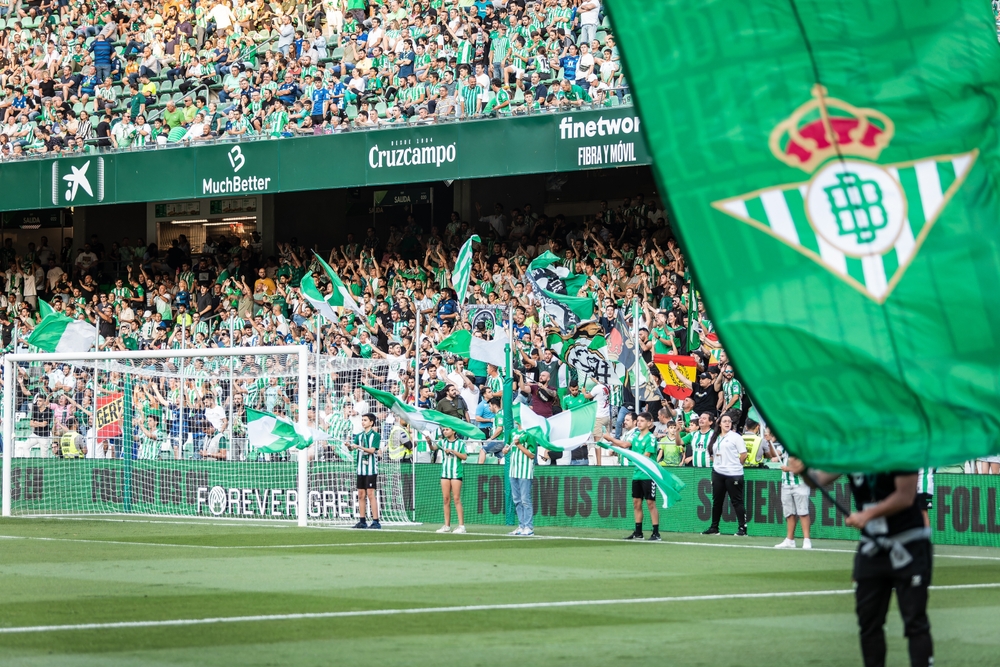
Betis stand out with an income of €60.7 million, expenses of €41.05 million, and a surplus of €19.65 million. This positive figure is impressive for a club of their stature and demonstrates financial discipline alongside footballing ambition.
Their squad features 26 players, 13 foreigners, with an average age of 27.8 – a balanced mix leaning slightly towards experience. This blend allows Betis to remain competitive while ensuring squad depth across competitions.
Read also: The 10 Most Prolific Footballers of the 21st Century
Betis have long been a club associated with passionate fans and attacking football, but in recent years, their management has embraced a more structured approach to finances. By ensuring expenses remain significantly lower than income, they have positioned themselves as a stable mid-tier power in Spain.
Their €19.65 million surplus is a safety net that allows them to manage risks better than many of their peers. Betis are unlikely to rival the likes of Barcelona or Real Madrid financially, but their numbers show that a club can remain ambitious, competitive, and solvent without reckless spending.
Girona
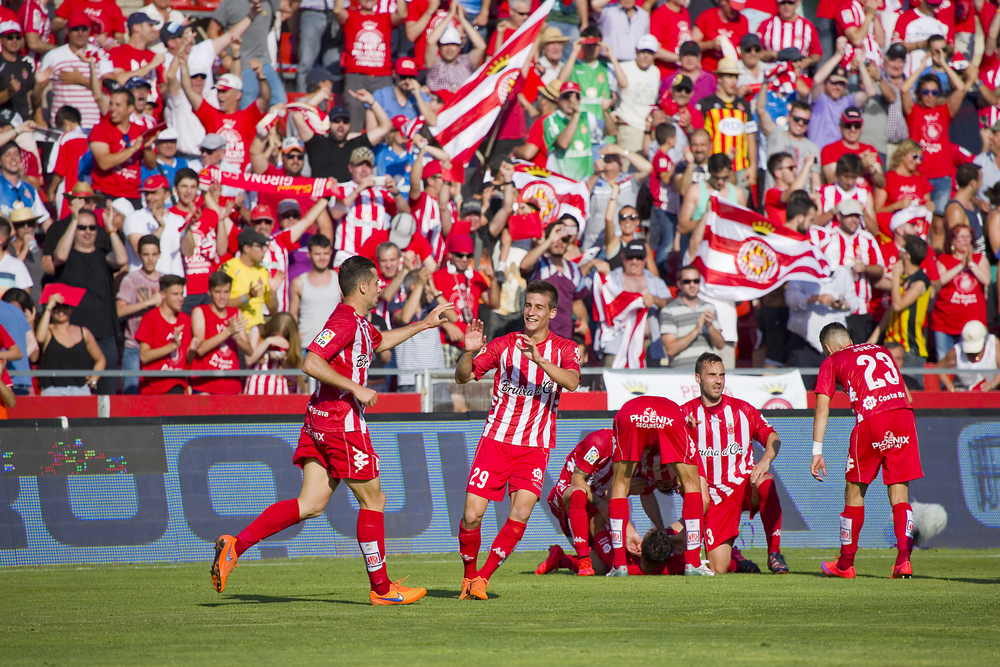
Girona’s rise has been one of La Liga’s most compelling stories, and their financial numbers underline their growth. With income of €56.5 million and expenses of €45.5 million, they record a positive balance of €11 million. Their adjusted balance is the same, showing clean accounting and effective management.
The squad size stands at 26 players, 15 of whom are foreign, with an average age of 27.4. This diverse, international squad has been a key part of Girona’s success story. The presence of so many foreigners illustrates their role within the City Football Group network, which has allowed Girona to attract talent that might otherwise have been beyond their reach.
Read also: Every Footballer of the Year Winner in England (1992–2025)
This financial surplus reflects the stability created by CFG’s influence. Girona have combined shrewd management with on-field overachievement, positioning themselves as a genuine force in La Liga despite their smaller historical stature. The €11 million balance gives them breathing room and security for future campaigns.
Girona are an example of how global networks can reshape football economics: they remain autonomous enough to keep identity but benefit from the scale and scouting of CFG. Their numbers show a well-balanced model with both short-term competitiveness and long-term growth potential.
Barcelona

Barcelona’s figures remain worrying despite modest income. With €38.3 million income and €57.7 million expenses, they record a negative balance of –€19.4 million. Their adjusted balance remains the same, underlining their ongoing economic struggles.
Their squad is 26 players strong, with 8 foreigners, and an average age of 24.9 – one of the youngest in La Liga. This youthful approach reflects Barça’s reliance on La Masia graduates like Lamine Yamal, Gavi, and others, as they attempt to rebuild their sporting project while struggling with financial restrictions.
The negative balance highlights the ongoing tension at the club: the need to remain competitive and commercially relevant, while cutting costs and reducing debt. Their relatively low income figure, compared to rivals, emphasises the difficulty of balancing books when expenses remain high.
Barcelona’s strategy hinges on developing talent internally and securing big commercial deals to boost revenues. For now, their young squad provides optimism on the field, but the –€19.4 million deficit shows the extent of their problems off it. The next few years will be decisive in determining whether this model can succeed or whether Barça risk further financial instability.
Sevilla

Sevilla present a cautious but positive picture. Their income is €32.55 million, expenses €16 million, leaving a surplus of €16.55 million. The adjusted balance matches this at €16.55 million, showing clean accounts.
Their squad numbers 23 players, with 13 foreigners, and an average age of 26. This structure reflects their tradition of blending Spanish talent with international flair, and their emphasis on trading players effectively.
Sevilla’s model remains one of Europe’s most studied: buying low, developing talent, and selling high. Their €16.55 million surplus underlines their ability to generate value while remaining competitive in Spain and Europe. While they may not have the global power of Real Madrid or Barcelona, their financial discipline allows them to weather storms and stay relevant.
Sevilla’s surplus shows stability, but the challenge remains maintaining competitiveness in a league where giants continue to stretch the financial gap.
Getafe

Getafe record an income of €30.8 million and expenses of €21.6 million, leaving a surplus of €9.2 million. Their adjusted balance is €21.6 million positive, which is impressive for a club of their size.
The squad is 24 players, with 10 foreigners, average age 27.1. This balanced setup allows Getafe to remain competitive mid-table, relying on a mix of experience and physicality.
Their financial numbers highlight a club that lives within its means but still generates surpluses. For Getafe, the key is consistency – avoiding overspending while maintaining stability. Their €9.2 million surplus is smaller than some rivals, but it is sufficient to secure their future and allow incremental improvements.
Valencia
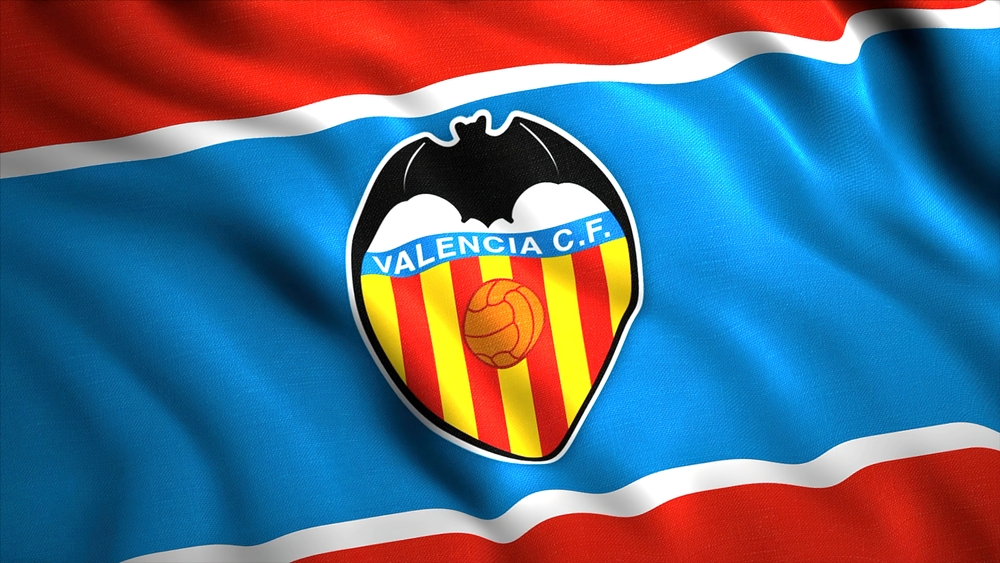
Valencia report income of €30 million, expenses of €1.35 million, and a remarkable surplus of €28.65 million. Their adjusted balance mirrors this at €28.65 million, marking them as one of the strongest performers financially.
Their squad includes 26 players, 9 foreigners, with an average age of 25.8 – one of the youngest in La Liga. This youthful profile aligns with their financial strength, as it provides resale potential and lowers wage costs.
Valencia’s numbers reflect a new era of financial prudence after years of instability. Their €28.65 million surplus is a statement of control and discipline, allowing them to stabilise and rebuild their sporting project.
The young squad suggests Valencia are planning long-term, building around academy graduates and developing talent. This model, paired with strong finances, gives them an optimistic outlook for the future.
Celta Vigo
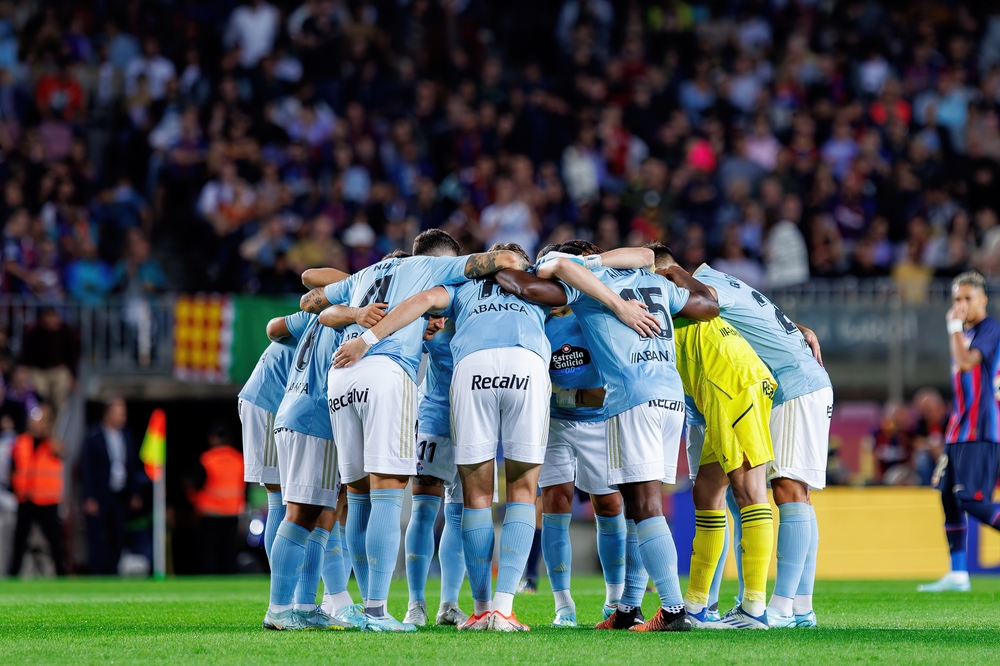
Celta Vigo’s income of €19.5 million and expenses of €7 million create a surplus of €12.5 million. Their adjusted balance matches this, reflecting stability.
The squad has 24 players, 6 foreigners, average age 26.8. This balance between homegrown and international talent is consistent with Celta’s tradition of cultivating Galician players while adding targeted foreign signings.
The €12.5 million surplus gives them a cushion for growth, ensuring stability in a competitive mid-table environment. Celta remain a club defined by tradition and careful management, and their current figures underline this philosophy.
Alaves

Alaves report €19.29 million income, €9.5 million expenses, producing a surplus of €9.79 million. Their adjusted balance is identical.
The squad numbers 25 players, 10 foreigners, average age 26.4. This profile indicates a balanced and relatively affordable squad.
While not among the wealthiest, Alaves operate effectively within their means, producing a healthy surplus that ensures long-term stability. Their figures are a model of small-club sustainability in La Liga.
Valladolid
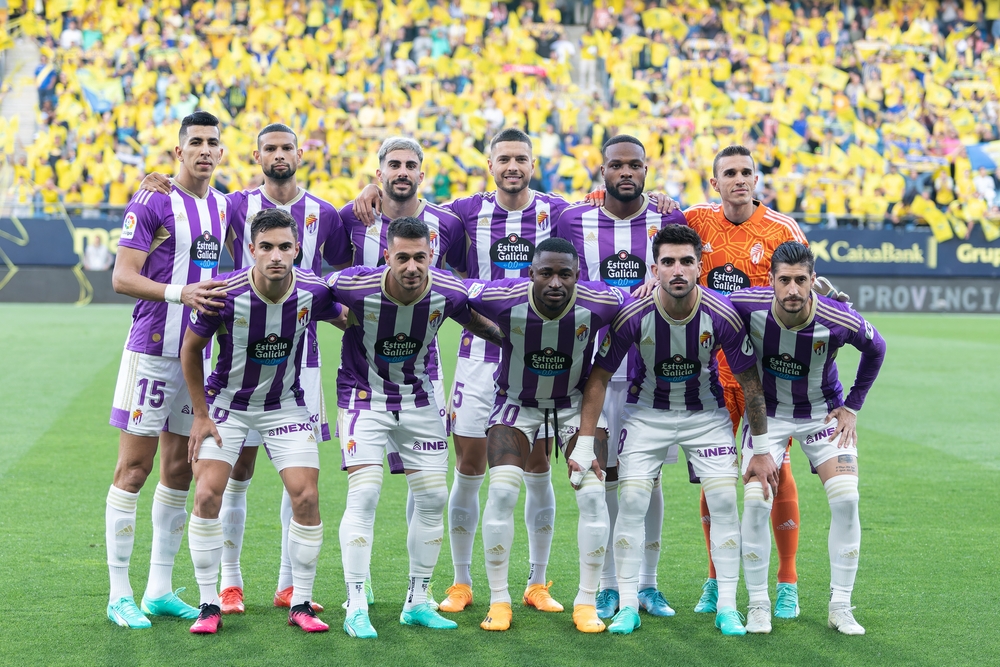
Valladolid post €18.6 million income and €17.63 million expenses, leaving a surplus of €970,000. Their adjusted balance is the same, showing stability but with little margin.
Their squad includes 25 players, 17 foreigners, average age 26.7. The high proportion of foreigners reflects their strategy of scouting abroad to find value.
The small surplus suggests Valladolid are on the edge of break-even, but they avoid deficits. Their challenge will be to expand revenues if they want to grow beyond survival.
Real Madrid

Real Madrid’s numbers are headline-grabbing: €16 million income, €49 million expenses, leaving a negative balance of –€33 million. Their adjusted balance reflects the same.
Their squad has 23 players, 17 foreigners, average age 27.2. This international-heavy, star-driven model explains the high expenses.
Madrid’s deficit is notable, but as one of the richest clubs globally, they can sustain short-term losses thanks to commercial power. The key question is whether they can convert spending into success and leverage global brand value to cover the gap.
Mallorca
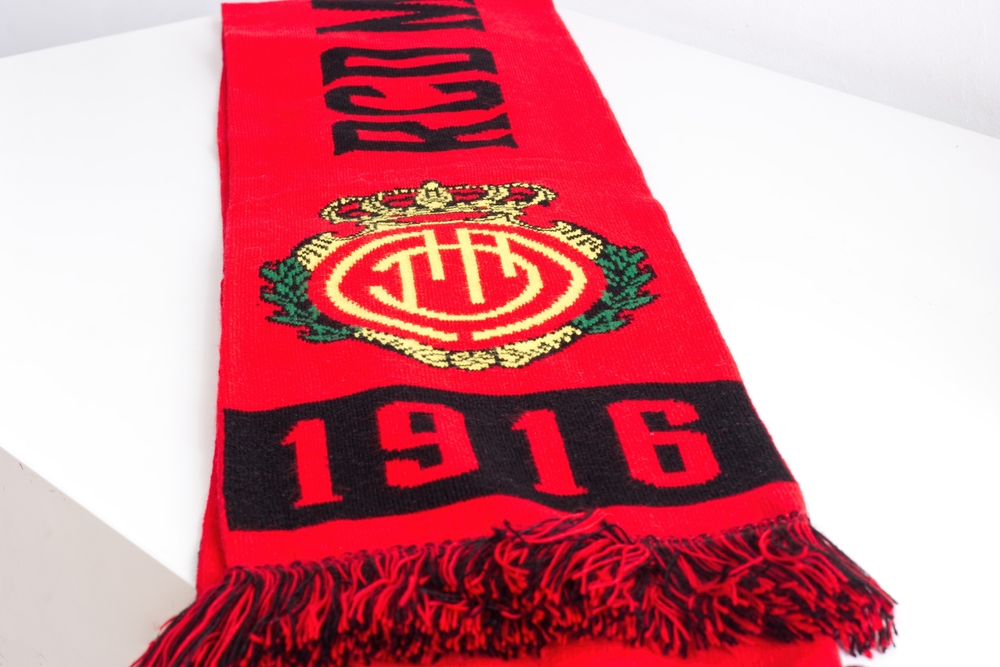
Mallorca report €14 million income, €2.35 million expenses, leaving a surplus of €11.65 million. Their adjusted balance is the same.
Their squad numbers 24 players, 10 foreigners, average age 28.8. This experienced squad ensures competitiveness, while the surplus highlights financial control.
Mallorca’s surplus is strong relative to their size, giving them stability in a challenging league environment.
Athletic Club

Athletic Club post €9.25 million income, €18 million expenses, producing a negative balance of –€8.75 million. Their adjusted balance matches this.
Their squad has 23 players, 1 foreigner, average age 27.5. Their unique Basque-only policy explains both their financial profile and their identity.
The deficit is concerning, but Athletic’s model is different – they rely heavily on tradition and fan base rather than commercial expansion. Sustainability remains tied to their philosophy.
Osasuna
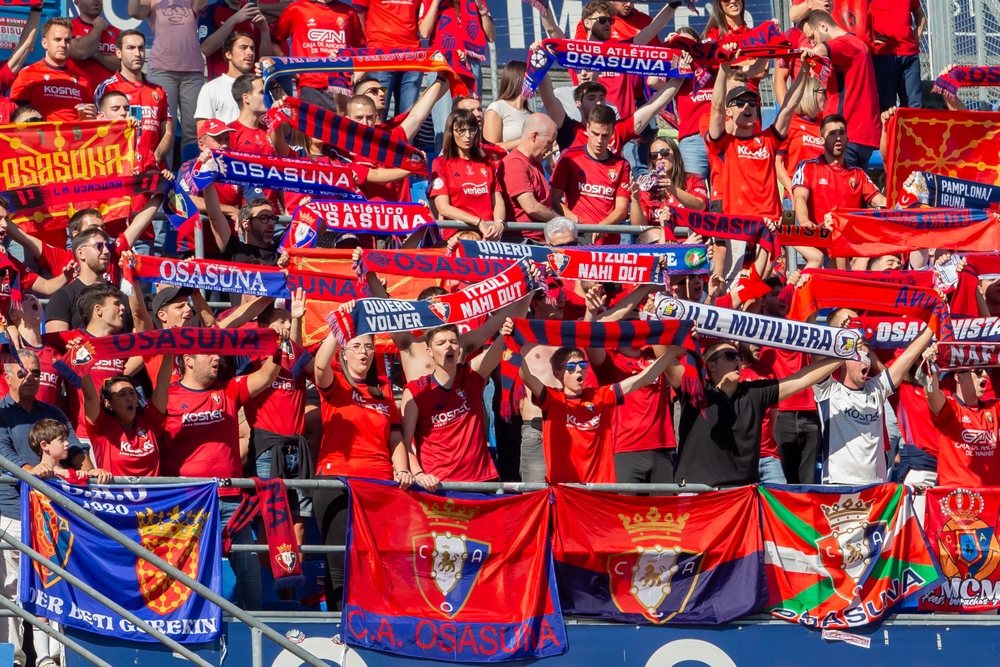
Osasuna’s income is €8.75 million, expenses €8.05 million, leaving a small surplus of €700,000. Their adjusted balance is the same.
Their squad has 22 players, only 2 foreigners, average age 28.4. This highly domestic squad reflects tradition and control.
Osasuna’s figures are modest but balanced, ensuring they remain stable while competing in mid-to-lower La Liga.
Las Palmas
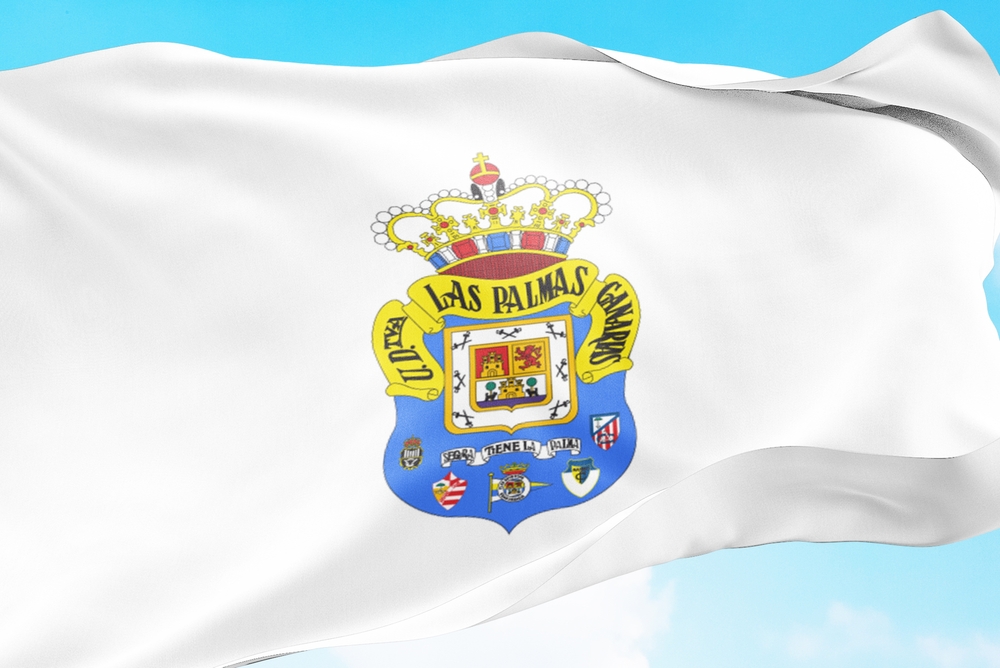
Las Palmas report €7.5 million income, €4 million expenses, creating a surplus of €3.5 million. Their adjusted balance matches this.
Their squad includes 25 players, 9 foreigners, average age 27.4. This balanced setup reflects cautious financial planning.
Las Palmas’ surplus ensures stability and allows them to focus on growth, even if revenues remain modest.
Leganes
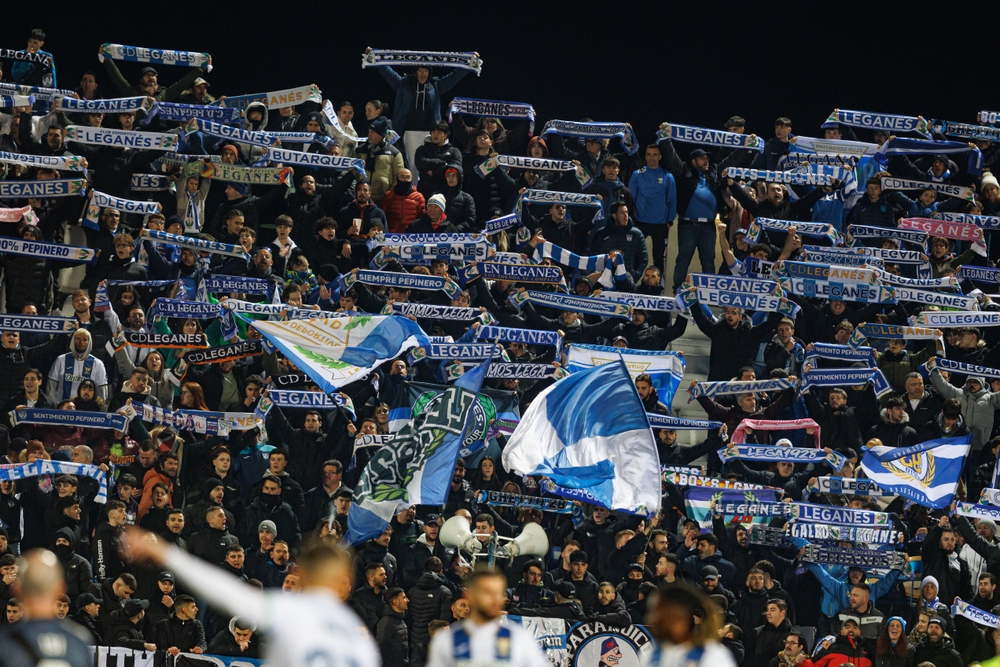
Leganes’ income is €4 million, expenses €3.09 million, producing a surplus of €910,000. Adjusted balance is the same.
Their squad includes 24 players, 11 foreigners, average age 27.8. This structure reflects affordable balance and modest ambition.
The small surplus indicates survival-focused management. While revenues are low, discipline ensures they avoid debt.
Rayo Vallecano
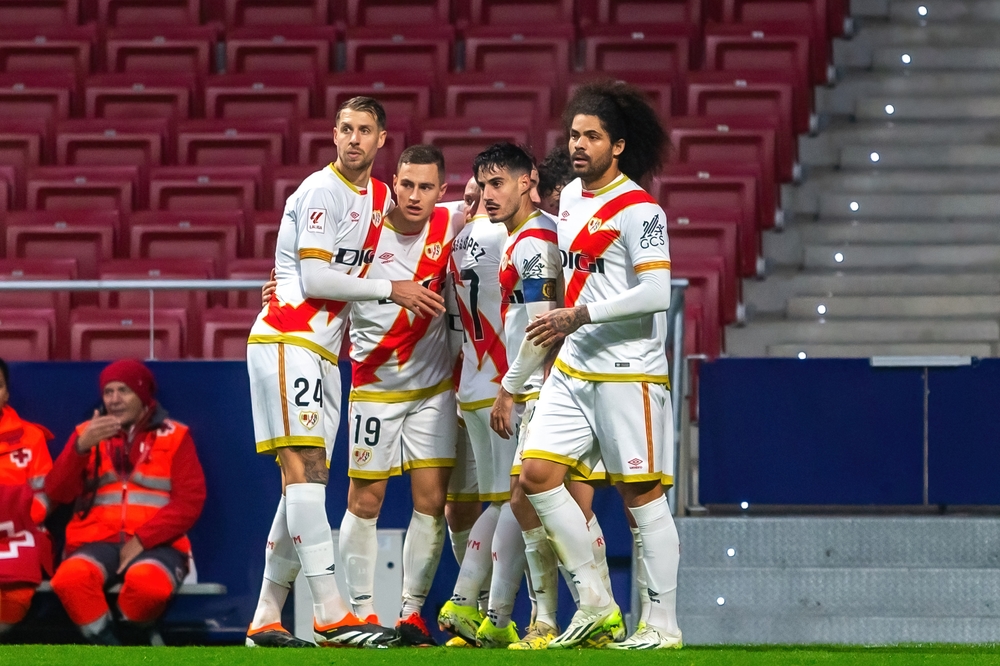
Rayo post €2 million income, €2 million expenses, leaving a neutral balance of €2 million surplus.
Their squad includes 25 players, 9 foreigners, average age 29.8, one of the oldest in the league. This suggests reliance on veterans to stay competitive.
Financially, they are balanced, but the aging squad raises questions about future costs.
Espanyol
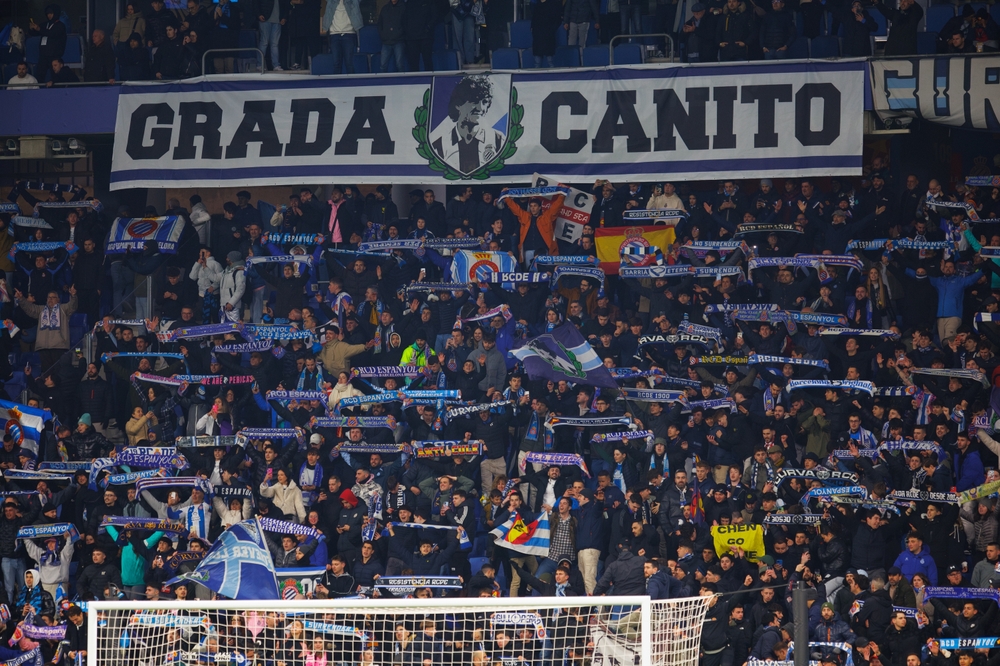
Espanyol record €1.5 million income, €400,000 expenses, leaving a surplus of €1.1 million. Their adjusted balance is the same.
Their squad has 28 players, 8 foreigners, average age 26. This size and age profile provide depth and flexibility.
Espanyol’s figures are modest but stable, showing a club rebuilding cautiously after financial challenges in recent years.




